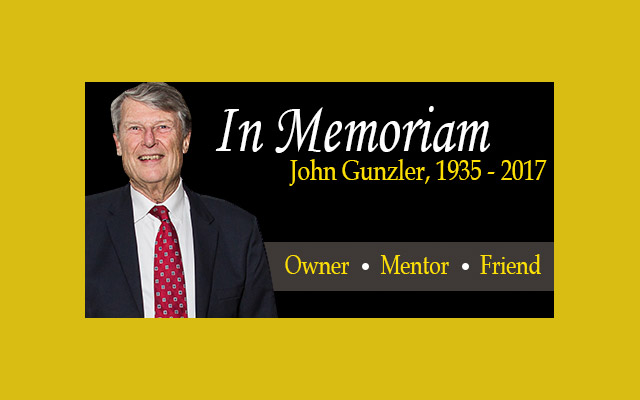Karen, like so many, learned to sew at an early age. Her mother taught her, and she took Home Economics in school; if she wanted new clothes, the treadle sewing machine was there to accommodate her. She graduated from high school and was off to the big city. Six years later, after marrying and having her one and only child, Karen found herself looking for something to do that she really enjoyed. In the meantime, she and her husband couldn’t afford much, so Karen decided that if she wanted pretty outfits, she was going to have to make them, herself.
In the late ’60’s, polyester double knit was “in.” Karen went to the fabric store, and not having the money to buy a sewing machine, she learned to cut and hand-sew every bit of her own clothing. When was the last time you bought fabric, cut it out on a pattern—knit, mind you—and made the whole thing including setting zippers, making the button-holes, doing the hem and all, so that it not only hung together for a decent period of time, but it fit you so well that you would be pleased to wear it in public. When she applied for her first sewing job—a western wear manufacturer—she was hired on the spot.
Along the way, Karen had several people who helped and trained her. She made it a point to be curious, and to learn as many things as she could about each business and the world of garments. Her first supervisor, Marie, taught her how to run sewing machines—and how to work on assembly line production. She started on Western pants with their specialized pockets and styling, double needle stitching and bar-tacking; for years, that was her specialty.
From there, she moved on to band uniform pants, with adjustable side zippers, bibbers, high waistbands, and stripes. “I just loved to make stripes,” Karen smiles. “Yep. I was a real hummer with that sewing machine foot that keeps the braid straight. I like things to go smooth and fast. I like to make noise and I like to be heard. I like it to be known that I’m doing my job.”
When the band factory decided to move its quarters to Missouri, it not only offered Karen a job, but promised her husband a good job, too—she was that valuable. However, Karen turned it down. She liked where she was, and decided that maybe it was time to try something new: Dry-cleaning. A couple of old-timers (Inga and Star) showed her the ropes, and Karen was off in a new direction of her apparel career. “I thought it was fascinating! I learned how to press clothes, fold them, get spots out and what cleaned what the best. We had a lot of fun.” Eventually, she was given her own store to manage on a university campus. She laughs. “I’ll tell you, between the cops coming in all the time, and those terrible stains from the fraternity parties, it was an education.”
She went back to the uniform business after the dry-cleaners closed down. This time, she came back as a presser. “New garments aren’t the same as old garments,” she found. “New garments have no creases, nothing knows where it’s supposed to go, the lapels aren’t set, the pants don’t lie straight, the facings and linings have to be just right or they hang outside of the clothing. Coats—blazers and them—those are the hardest to press. There’s training in that, and it takes a smart person to train you right and teach the short-cuts. Otherwise, it takes forever.”
“I like pressing. I can be in my own little element and press my heart away. I make mistakes from time to time, and I’m not perfect. I insist on neatness; the secret to inspecting is that if it don’t lay straight, it ain’t gonna work. That’s all there is to it.”
Karen was now working in a smaller shop, and there wasn’t manpower or salaries for one person to do only one job. She learned how to handle all the special machines, such as the button and button-hole machines (as well as the different types of button holes that can be made), the snap machines and kick presses, the hemmer, the pocketing machine, and whatever else was left. “It was all just so fascinating,” she says over and over.
“I’ve been at my recent shop for over 11 years, I guess. The time passes so quickly. I expect I’ll retire when I’m around 70. But right now, in addition to running the machines, pressing, or inspecting and shipping, I’m helping out the new owner the way Marie, Inga, and Star helped me. That’s a real good feeling—like I’m paying them back. I try to do the right thing by people, I try to be optimistic and believe that yeah, it can be done.”












